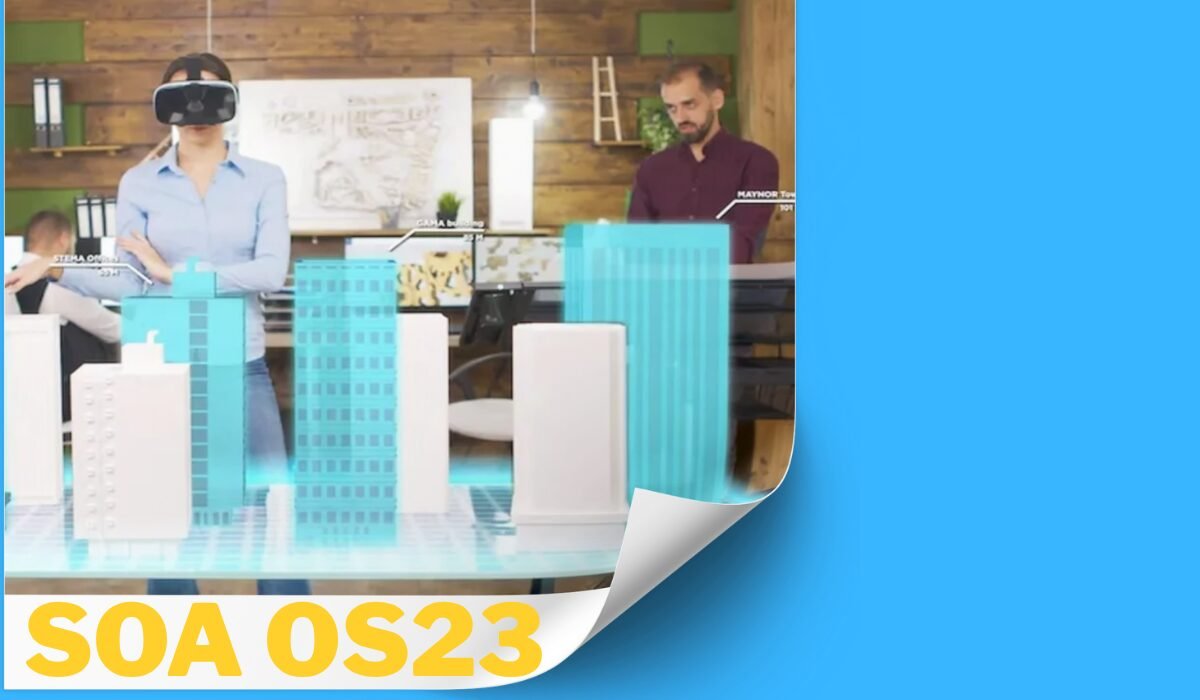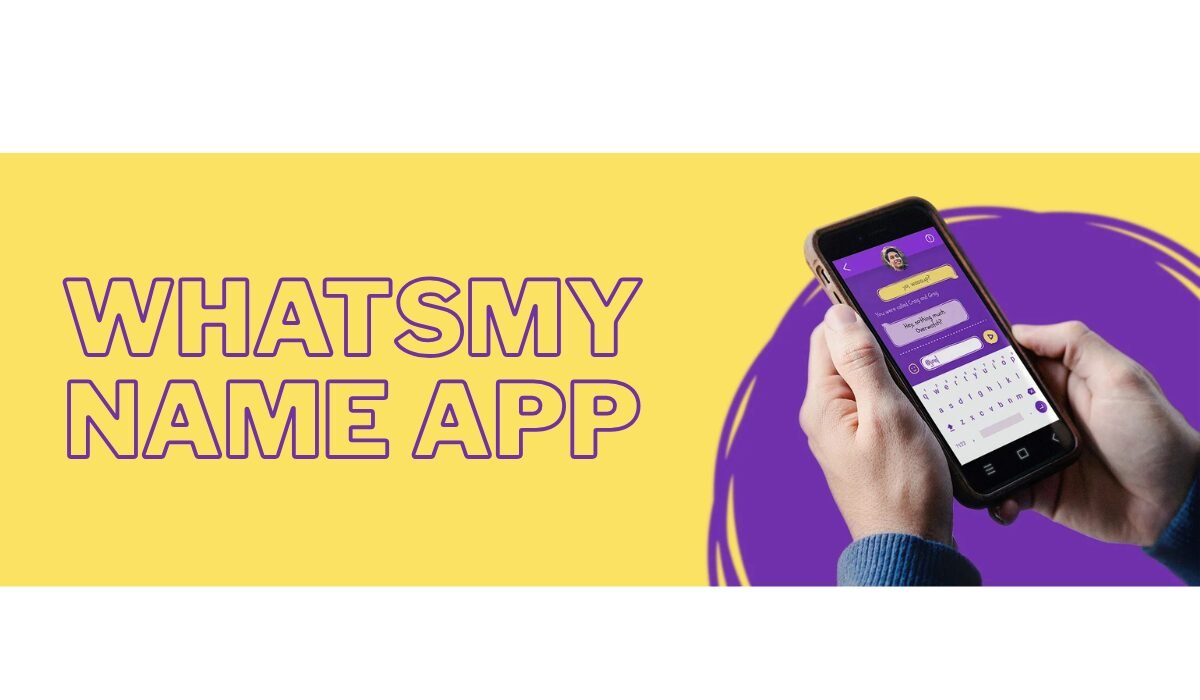In the fast-paced world of business and digital marketing(bl_faceless), the concept of faceless communication has emerged as a game-changer. Just as the invisible hand in economics guides market forces, faceless communication optimizes interactions without physical presence. This blog aims to uncover the benefits and applications of faceless communication for small business owners, digital marketers, and entrepreneurs.
Introduction
Gone are the days when business deals were sealed with a firm handshake and a face-to-face meeting. In the digital age, faceless communication has become the new norm, offering both challenges and opportunities. Small business owners and entrepreneurs are increasingly utilizing various faceless communication tools to streamline operations, enhance customer experience, and foster team collaboration. This blog will explore what faceless communication entails, its benefits, and how businesses can effectively leverage it.
What is Faceless Communication?
Definition and Examples
Faceless communication refers to the exchange of information without physical, face-to-face interaction. This can include emails, text messages, social media platforms, video calls, and AI-driven chatbots. Think of it as conducting business through a screen, where the traditional cues of body language and facial expressions are absent.
Benefits for Small Businesses
For small businesses, faceless communication offers several advantages. It significantly reduces operational costs associated with physical office spaces and travel. Additionally, it facilitates quicker decision-making processes by enabling instant communication across different time zones. With the right tools, businesses can operate 24/7, providing customer support and services around the clock.
How Faceless Communication Enhances Customer Experience
Improved Customer Service
Faceless communication can significantly enhance customer service. For instance, AI-powered chatbots can provide instant responses to customer inquiries, resolving issues quickly and efficiently. Automated systems can handle multiple customer queries simultaneously, ensuring no customer is left waiting.
Case Studies and Examples
Take, for example, the case of Zendesk. This customer service software provides businesses with tools to manage customer support tickets, live chat, and messaging. By using faceless communication, Zendesk clients have reported enhanced customer satisfaction and quicker resolution times. Another example is Amazon’s use of AI-powered assistants to handle a multitude of customer service tasks, from tracking orders to processing returns, all without human intervention.
Faceless Communication for Team Collaboration
Tools and Best Practices
Small businesses can greatly benefit from faceless communication tools for team collaboration. Platforms like Slack, Microsoft Teams, and Zoom have become indispensable. They offer features such as instant messaging, video conferencing, and file sharing, making remote work seamless.
Remote Collaboration Benefits
One of the key benefits of remote collaboration is flexibility. Team members can work from anywhere, which is especially advantageous for small businesses that may not have a physical office. This flexibility can lead to increased productivity and employee satisfaction. Furthermore, the use of project management tools like Trello and Asana ensures that all team members are on the same page, even if they are miles apart.
Overcoming Challenges of Faceless Communication
Common Obstacles
Despite its numerous benefits, faceless communication comes with its own set of challenges. One common obstacle is the lack of personal connection. Without face-to-face interaction, it can be difficult to build rapport and trust. Miscommunication is another issue, as the absence of visual cues can lead to misunderstandings.
Addressing the Challenges
To overcome these challenges, small businesses need to establish clear communication protocols. Regular virtual meetings can help maintain personal connections. It’s also essential to use multiple forms of communication to ensure messages are clearly understood. For example, following up an email with a quick phone call can help clarify any ambiguities.
The Future of Faceless Communication
Trends and Predictions
The future of faceless communication looks promising, with advancements in technology continuing to drive its evolution. AI and machine learning are set to play a significant role, making communication more intuitive and personalized. Virtual and augmented reality could also offer new ways for businesses to interact with customers and teams without the need for physical presence.
Role in Business and Entrepreneurship
For entrepreneurs, the ability to communicate effectively without being physically present opens up new opportunities. It allows them to scale their businesses more efficiently, reaching global markets with ease. As technology continues to evolve, faceless communication will likely become even more integrated into business operations, offering new ways to connect, collaborate, and grow.
You May Also Like:
The Power of Collaboration: Using Luv.trise for Team Projects
Conclusion(bl_faceless)
Faceless communication is revolutionizing the way businesses operate, offering numerous benefits from cost savings to enhanced customer service. For small business owners, digital marketers, and entrepreneurs, understanding and leveraging faceless communication tools can be a significant competitive advantage. By overcoming the challenges and staying abreast of future trends, businesses can position themselves for success in the digital age.





